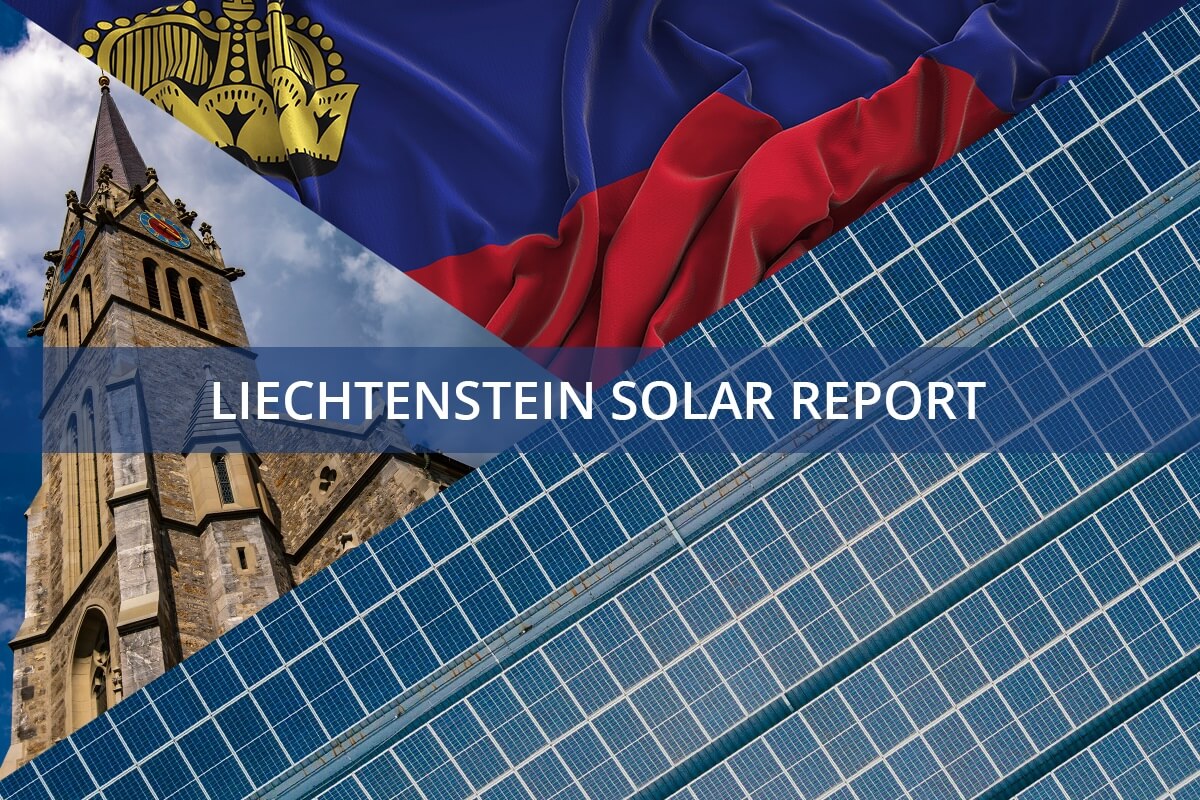EU Solar Decline Projected Amidst Market Growth
The EU’s solar energy sector, while experiencing significant growth in early 2025, is projected to face its first decline in over a decade later in the year, potentially dropping from 47.6 GW in 2024 to 46.5 GW in 2025. This anticipated downturn is attributed to several factors, including persistent inflation, reduced government support in some areas, and ongoing supply chain challenges. This projection contrasts with the surge in solar electricity production witnessed in the first quarter of 2025, which saw a remarkable 32% increase, as reported by PVKnowhow [https://www.pvknowhow.com/news/europe-solar-production-2025-electricity-surge/]. This early 2025 surge contributed to a total installed solar capacity of 308 GW in the EU by the end of 2024, a 20% year-on-year increase. Another report from PVKnowhow highlights the impressive 54.3 TWh of solar electricity generated in Europe during Q1 2025 [https://www.pvknowhow.com/news/europe-solar-energy-growth-electricity-2025/], demonstrating the substantial growth potential of the sector.
Challenges and Opportunities During the EU Solar Decline
Despite the EU’s ambitious efforts to bolster solar energy through key initiatives like the European Green Deal and the Solar Photovoltaic Industry Alliance, the sector faces significant hurdles. These challenges could hinder the anticipated growth trajectory and necessitate strategic interventions to maintain momentum. The European Solar Initiative, for example, aims to boost EU solar manufacturing with a €240M investment to reduce reliance on imports and power millions of homes [https://www.pvknowhow.com/news/european-solar-initiative-manufacturers-launch/]. This initiative underscores the EU’s commitment to strengthening its domestic solar industry.
Navigating the Complex Landscape of the EU Solar Decline
The projected decline raises concerns about the near-term future of the EU solar market. Balancing ambitious renewable energy targets with economic realities and supply chain vulnerabilities presents a complex challenge. While the initial months of 2025 showcased the immense potential of solar energy within the EU, the projected downturn emphasizes the need for continued policy support, streamlined permitting processes, and diversified supply chains to ensure the long-term success of the sector. Furthermore, examples like Poland, projected to reach an impressive 21.994 GW of solar capacity by 2025 [https://www.pvknowhow.com/news/poland-solar-capacity-reaches-21994-mw-by-2025-an-extraordinary-growth/], demonstrate that targeted national strategies can yield substantial results and potentially mitigate the impact of broader market headwinds.

